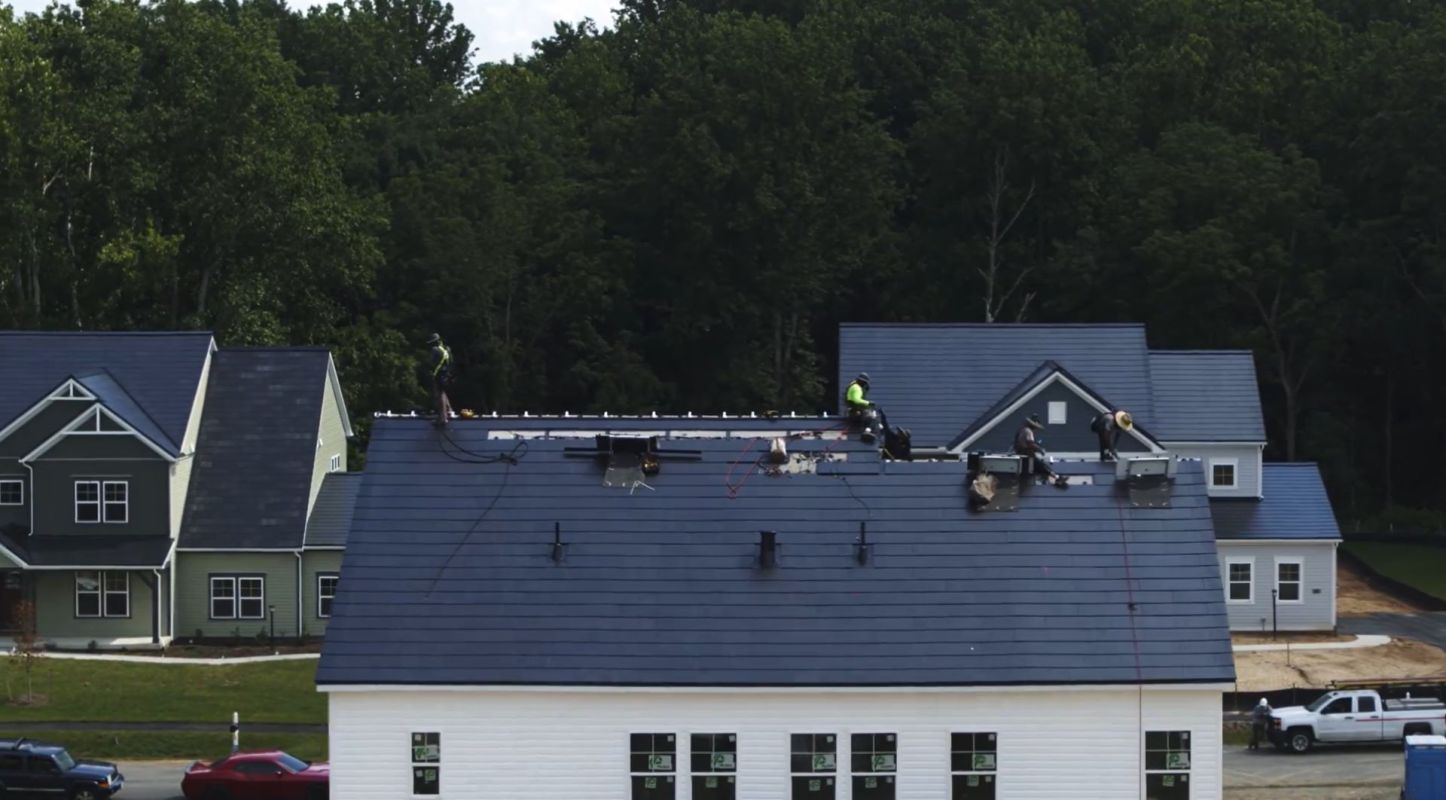In December, Tesla announced that its plans to produce homes with built-in solar roofs and Tesla Powerwalls have moved forward at an incredible pace. According to the company, it has launched more than 600 "solar neighborhoods," Electrek reported.
A Tesla neighborhood is one wherein each home includes some or all of Tesla's electrical system features. While this equipment takes investment up front, it allows homeowners to generate electricity independently. At minimum, you'll save money on your power bill — and many users even sell electricity back to the grid. You can even charge an electric car from this system, so you drive for free as well.
Tesla wants to get this technology into as many homes as possible, and to do that, it's partnering with a number of third-party developers, Electrek reported. On Dec. 19, Tesla Energy posted an invitation for more builders to "Partner with Tesla Energy" by creating Tesla homes and neighborhoods.
Together with @BeazerHomes, we are building communities powered sustainably by Solar Roof & Powerwall in the eastern U.S.—and certified as a Zero Energy Ready Home by the DOE
— Tesla Energy (@teslaenergy) December 19, 2023
Partner with Tesla Energy → https://t.co/1nuh7NX7pa pic.twitter.com/Pd45U5XgVW
The post also included video of Tesla neighborhoods in development.
Tesla's in-progress neighborhoods include a gigantic 12,000-home development project in Austin, Texas, equipped with the same money-saving energy features the company has been so excited to promote, Electrek reported. The project is being handled by Brookfield Asset Management and Dacra, and a similar development will follow in Las Vegas.
These thousands of homes add up to an incredible amount of power generation. According to Tesla, its 600-plus neighborhoods have a capacity of over 100 megawatts, or about 10% of the power of a nuclear reactor — and this is just the beginning.
All that energy doesn't just save homeowners money (though that's a massive benefit). It also means the homes don't have to rely on local power plants, especially ones that use polluting fuel sources such as coal to produce power. That means less heat-trapping air pollution, which means Tesla neighborhoods could be part of the solution to our overheating planet.
At the same time, those homes can keep the lights on even when power from the grid is out. "The customers aren't even going to know they lose power," Tesla field energy operations manager Cody said in the company's recent video about the project.
"I definitely feel more secure knowing that we have power stored in the Powerwall," said Melanie, a homeowner interviewed in the video.
Join our free newsletter for weekly updates on the coolest innovations improving our lives and saving our planet.









